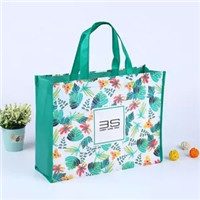Jute bags have seamlessly integrated into the circular economy, embodying the principles of reduce, reuse, and recycle. In this blog, we’ll explore how jute bags contribute to the circular economy, their durability, and their role in minimizing waste and promoting responsible consumption.
1. Reusable Design for Multiple Uses Discover how jute bags are designed for multiple uses, making them a perfect fit for the circular economy. Learn how their durability ensures they can be used over and over again.
2. Reducing Single-Use Plastics Explore how jute bags play a role in reducing single-use plastics. Understand how their adoption decreases the demand for disposable bags, thus minimizing plastic waste.
3. Repurposing and Upcycling Potential Uncover the repurposing and upcycling potential of jute bags. Learn how their versatile nature allows for creative transformations into new items.
4. Supporting Ethical Consumption Discover how using jute bags supports ethical consumption. Understand how their presence encourages responsible shopping habits and conscious consumer choices.
5. Minimizing Waste and Landfill Impact Explore how jute bags minimize waste and landfill impact. Learn how their biodegradability ensures they won’t contribute to long-term environmental degradation.
6. Circular Economy Mindset Understand how jute bags embody the circular economy mindset. Discover how their journey from cultivation to reuse aligns with sustainable practices.
In conclusion, jute bags are integral to the circular economy by offering a reusable design, reducing single-use plastics, supporting repurposing and upcycling, promoting ethical consumption, minimizing waste and landfill impact, and embodying a circular economy mindset.






























